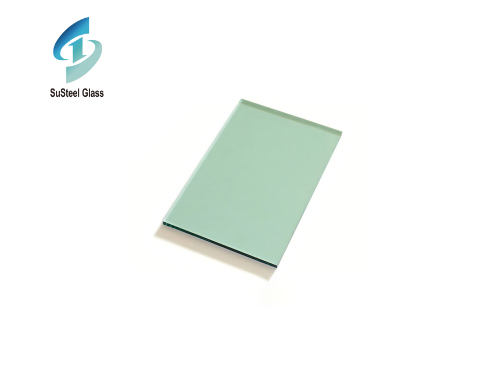
Hot melt glass is a technique that involves melting glass in a kiln at high temperatures until it becomes malleable. Unlike traditional glassblowing, where glass is blown and shaped using tools, hot melt glass relies on the force of gravity to shape the molten material. Once the glass reaches its desired consistency, it is carefully cooled to ensure strength and stability.
Hot melt glass offers several unique characteristics that distinguish it from other glass-forming methods. Firstly, it allows for intricate and detailed designs to be achieved with ease. Artists can create complex shapes, textures, and patterns that were previously challenging or impossible to achieve through traditional methods. This opens up endless artistic possibilities, enabling the creation of stunning sculptures, intricate architectural features, and decorative pieces that captivate the eye.
Another advantage of hot melt glass is its ability to retain transparency and luminosity. The process preserves the inherent qualities of glass, such as its clarity and reflective properties, while adding a dimension of depth and texture. This makes hot melt glass ideal for creating decorative objects, stained glass windows, and even functional items like vases and bowls that seamlessly blend artistry with utility.
The versatility of hot melt glass has resulted in its increasing adoption across various fields. In architecture and interior design, kiln-formed glass is utilized to create breathtaking installations, partitions, and lighting fixtures. The ability to mold glass into intricate shapes enables the production of custom-made pieces that enhance the aesthetics of any space.
In the art world, hot melt glass has gained popularity among sculptors and glass artists. Its fluid nature and capacity for intricate detailing enable the creation of awe-inspiring glass sculptures and installations that push the boundaries of imagination.
Furthermore, hot melt glass finds practical applications in the manufacturing sector. It can be used to produce professional components for industries like aerospace and automotive, where precision and durability are essential. The ability to create unique and complex shapes with hot melt glass opens up new possibilities for functional designs in engineering and industrial applications.
 Exploring the World of Green Tinted Glass Products: Versatility and Sustainability
Exploring the World of Green Tinted Glass Products: Versatility and Sustainability
 Exploring the Versatility and Elegance of Custom Thick Glass
Exploring the Versatility and Elegance of Custom Thick Glass



